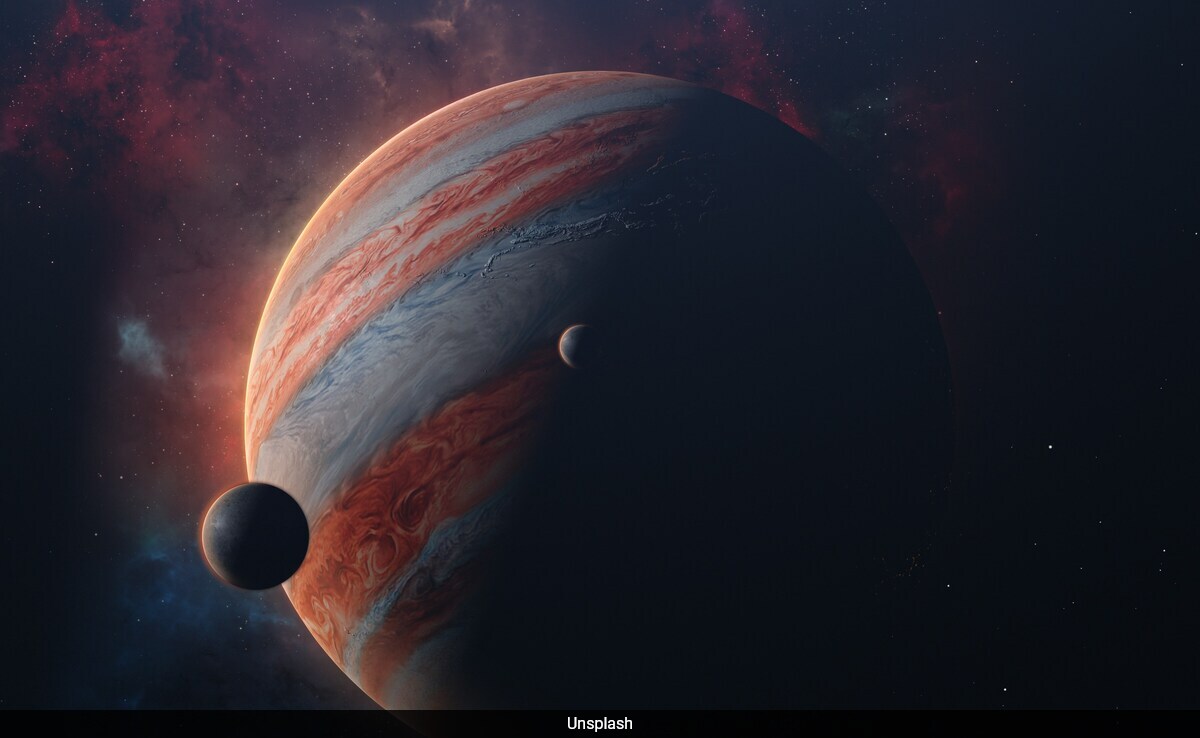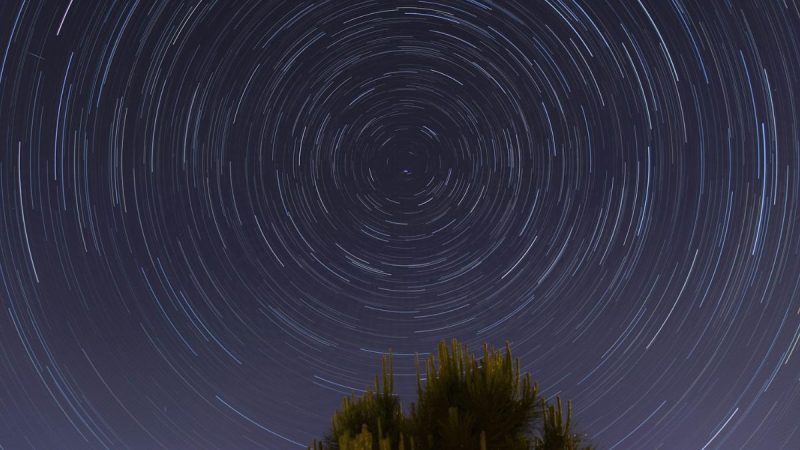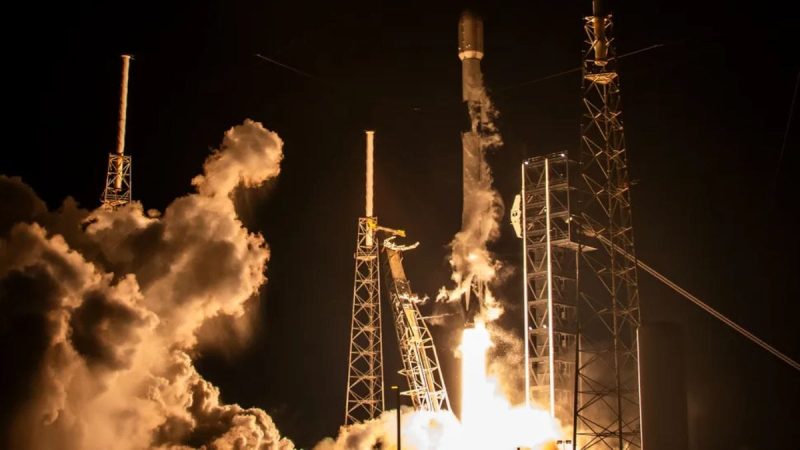Jupiter Was Once Twice Its Size And Its Magnetic Field Could Fry Spacecraft

Quick Read
Summary is AI generated, newsroom reviewed.
Research reveals Jupiter was larger with a stronger magnetic field early on.
Jupiter’s primordial size was about twice its current radius, say researchers.
Clues from 4.5 billion years ago help reconstruct Jupiter’s early state.
The information of Jupiter’s early evolution sheds light on the solar system’s formation and structure. As the solar system’s gravitational ‘architect’, Jupiter’s influence was instrumental in shaping the orbits of other planets and defining the gas and dust disc from which they emerged.
In a new study published in the journal Nature Astronomy, Konstantin Batygin (PhD ’12), professor of planetary science at Caltech; and Fred C. Adams, professor of physics and astronomy at the University of Michigan; provide a detailed look into Jupiter’s primordial state. Their calculations reveal that roughly 3.8 million years after the solar system’s first solids formed-a key moment when the disk of material around the Sun, known as the protoplanetary nebula, was dissipating-Jupiter was significantly larger and had an even more powerful magnetic field.
“Our ultimate goal is to understand where we come from, and pinning down the early phases of planet formation is essential to solving the puzzle,” Batygin says. “This brings us closer to understanding how not only Jupiter but the entire solar system took shape.”
Batygin and Adams approached this question by studying Jupiter’s tiny moons Amalthea and Thebe, which orbit even closer to Jupiter than Io, the smallest and nearest of the planet’s four large Galilean moons. Because Amalthea and Thebe have slightly tilted orbits, Batygin and Adams analyzed these small orbital discrepancies to calculate Jupiter’s original size: approximately twice its current radius, with a predicted volume that is the equivalent of over 2,000 Earths. The researchers also determined that Jupiter’s magnetic field at that time was approximately 50 times stronger than it is today.
Adams highlights the remarkable imprint the past has left on today’s solar system: “It’s astonishing that even after 4.5 billion years, enough clues remain to let us reconstruct Jupiter’s physical state at the dawn of its existence.”






